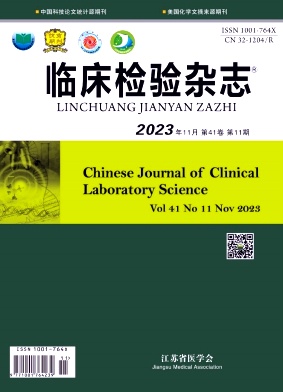Global DNA Methylation Patterns and Gene Expression Associated with Obesity-Susceptibility in Offspring of Pregnant Sprague-Dawley Rats Exposed to BDE-47 and BDE-209
引用次数: 2
Abstract
Persistent organic pollutants (POPs) can affect epigenetic mechanisms and obesity development. Polybrominated diphenyl ethers (PBDEs) — widely used to make flames — are one of the important POPs. Prenatal exposure to endocrine disrupting chemicals (EDCs), such as POPs, may affect global DNA methylation in long interspersed nuclear elements (LINE-1), increasing the risk of obesity later in life. Therefore, pregnant Sprague-Dawley (SD) rats were used to elucidate whether BDE-47 and BDE-209 transferred through placenta and breast milk cause epigenetic changes in LINE-1 and increase genetic susceptibility to obesity as obesogen during the developmental periods. Global DNA methylation in LINE-1 and gene expression related to obesity were measured in dams and offspring, using a methylation-sensitive high resolution melting analysis (MS-HRM) and direct bisulfite sequencing and quantitative real time polymerase chain reaction (qPCR), respectively. The results of MS-HRM showed global DNA hypomethylation patterns in LINE-1 of exposed offspring (2 of total 4) at PND 4, but bisulfite sequencing showed no difference in both the exposed and non-exposed groups. Gene expression in dams related to -oxidation pathway and those related to adipokines showed different patterns between the two groups. On the contrary, gene expressions of offspring showed a similar pattern. Gene expressions related to -oxidation pathway and obesity were significantly increased when compared with 'at birth', but not PPAR- . In conclusion, this study demonstrated the possibility that co-exposure to BDE-47 and BDE-209 — via the placenta and breast milk — may affect epigenetic changes and modulate gene expression levels暴露于BDE-47和BDE-209的妊娠sd大鼠后代的DNA甲基化模式和基因表达与肥胖易感性相关
持久性有机污染物(POPs)可以影响表观遗传机制和肥胖发展。多溴联苯醚(PBDEs)是一种重要的持久性有机污染物,广泛用于制造火焰。产前暴露于内分泌干扰化学物质(EDCs),如持久性有机污染物(pop),可能影响长分散核元素(LINE-1)的整体DNA甲基化,增加以后生活中肥胖的风险。因此,我们以妊娠SD大鼠为研究对象,研究通过胎盘和母乳转移的BDE-47和BDE-209是否会引起LINE-1的表观遗传改变,并增加作为致肥源的肥胖遗传易感性。利用甲基化敏感的高分辨率熔融分析(MS-HRM)、直接亚硫酸盐测序和定量实时聚合酶链反应(qPCR),分别测量了母鼠和后代中LINE-1的全球DNA甲基化和与肥胖相关的基因表达。MS-HRM结果显示,在PND 4暴露的后代(总共4个中的2个)的LINE-1中存在整体DNA低甲基化模式,但亚硫酸盐测序显示暴露组和未暴露组之间没有差异。与-氧化途径相关的基因表达和与脂肪因子相关的基因表达在两组之间表现出不同的模式。相反,后代的基因表达表现出类似的模式。与“出生时”相比,与-氧化途径和肥胖相关的基因表达显著增加,但PPAR-没有。总之,本研究表明,通过胎盘和母乳共同暴露于BDE-47和BDE-209可能会影响表观遗传变化并调节基因表达水平
本文章由计算机程序翻译,如有差异,请以英文原文为准。
求助全文
约1分钟内获得全文
求助全文

 求助内容:
求助内容: 应助结果提醒方式:
应助结果提醒方式:


